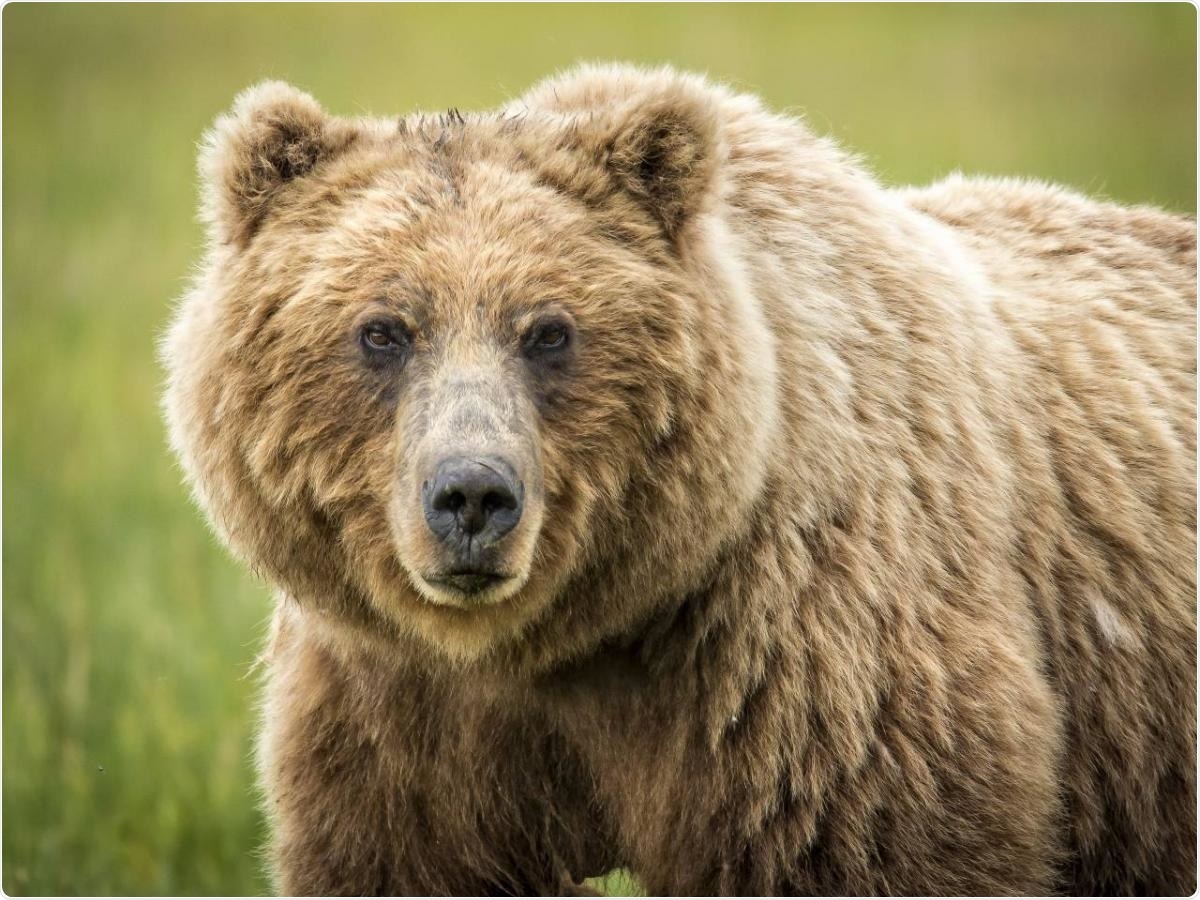According to an international research team led by the University of Adelaide, the inexplicable disappearance of ancient lions and bears from areas of North America for a thousand years or more prior to the last Ice Age may have been caused due to climate change.

Brown bears (or grizzly bears) mysteriously disappeared from some parts of North America for thousands of years prior to the last Ice Age and later reappeared, walking from Russia to Alaska across the Bering Land Bridge. Researchers suggest climate change could be the reason why. Image Credit: The University of Adelaide.
The researchers analyzed DNA from cave lion and bear fossils from North America and Eurasia in a study published in Molecular Ecology to better comprehend the chronology and causes of their previous migration between continents.
There’s a common perception that outside of mass extinctions or direct human interference, ecosystems tend to remain stable over thousands or even millions of years. As illustrated by our study of the fossil record, that’s not necessarily the case. Previous research has shown that brown bears (or grizzly bears) disappeared from some parts of North America for thousands of years prior to the last Ice Age.”
Dr Kieren Mitchell, Study Co-author, Australian Centre for Ancient DNA, University of Adelaide
Dr Kieren Mitchell adds, “They later reappeared, walking from Russia to Alaska across the Bering Land Bridge—possibly at the same time as people moved across the Bridge into North America too. But no-one knows exactly why they disappeared in the first place, which is why studying this event is important.”
One of the most important findings of the new study is that cave lions from the same area went extinct more than once, disappearing and reappearing thousands of years later, around the same time as bears. There is no indication that individuals were responsible for these brief disappearances, and the cold Ice Age temperatures were not to blame.
Instead, it looks like a smoking gun pointing to some kind of change in their ecosystem.”
Dr Kieren Mitchell, Study Co-author, Australian Centre for Ancient DNA, University of Adelaide
The disappearance of lions and bears in portions of North America (particularly Alaska and the Yukon Territory) corresponds to solid evidence of vegetation change in the area. Warm temperatures prior to the last Ice Age may have influenced the number of various plant species, which in turn influenced herbivores and their predators (like bears and lions), according to the researchers.
Colder temperatures prior to the last Ice Age may have reverted this trend, making the area more suitable to herbivores and, by extension, their predators.
Dr Kieren Mitchell remarks, “Overall, these findings demonstrate just how changeable past ecosystems have been, and also how the abundance of different species can be very sensitive to changes in climate.”
The shared patterns of dispersal between lions and bears correspond with the presence of the Bering Land Bridge that connected Russia and Alaska during Ice Ages. The Bridge was periodically exposed and inundated by changing sea levels during the last few Ice Ages, allowing intermittent dispersal of animals and people between continents and changing the faunal composition.”
Dr Alexander Salis, Study Lead Author, University of Adelaide
“While many might think that species arrive in a region and stay put, we show that the past was much more dynamic, involving multiple waves of dispersal and local extinctions in this case,” concludes Dr Alexander Salis.
Source:
Journal reference:
Salis, A. T., et al. (2021) Lions and brown bears colonized North America in multiple synchronous waves of dispersal across the Bering Land Bridge. Molecular Ecology. doi.org/10.1111/mec.16267.